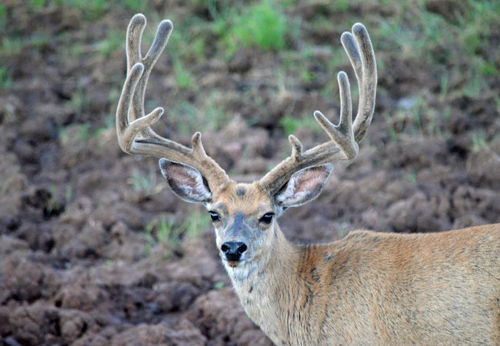We’re very lucky, here in Canada, that we have an abundance of wildlife. Even if you live in a big city, there’s a good chance you see a fair number of critters near your home.
However, while we are certainly blessed to have this remarkable natural heritage, this also means that many people will need some sort of wildlife fencing at some point. Here’s what you need to know about wildlife fencing in Canada.
What Height Should Wildlife Fencing Be?
There’s no specific height that wildlife fencing needs to be. It depends a lot on the type of animals you want to keep out (or in!)
Some animals, like bears and coyotes, don’t jump or climb fences very well, so a six foot high fence should get the job done. Others, like deer, can jump eight feet or even more, so you need to go for a higher fence.
You also need to consider the terrain around the fence. If it’s at the bottom of a slope or alongside an outcrop of some kind, you might find that even eight feet won’t get the job done!
What Kind of Fence Do I Need?
Wildlife fencing is as diverse as the animals we have in Canada! There are all sorts of options, from chain link with electric fencing to keep bears out of industrial worksites, to wire mesh game fence with graduated openings to keep many kinds of wildlife in or out of an area.
Sometimes, other materials like drill stem are repurposed to make robust fence posts for big herbivores like bison, and other times, fences are installed with wire mesh “aprons” to keep burrowing animals from getting through them.
There are a huge amount of variables and options available in Canadian wildlife fencing, which means speaking to an expert (like your Rite-Way representative) is a good idea. We can help you to find the right specification for your needs, and develop a cost effective quote to get the job done.
Safety Considerations
While we can’t tell you exactly what wildlife fence will work for your project without discussing it with you, we do need to let you know that safety is a consideration.
A good wildlife fence will keep the critters out without putting them in danger of injury or death. Some types of fencing, including ornamental fencing with spikes, certain types of mesh and ornamental fence with bars wider apart can be risky for animals.
There have been cases of deer misjudging a jump and injuring themselves on spikes, or animals getting stuck between the bars of fencing or in mesh, that do need to be taken into account. Sometimes, retrofitting is necessary to fix this problem. An extra rail to cover spikes, or mesh or netting installed on an ornamental fence could mean the difference between life and death, and in some areas, is becoming a requirement.
If you need wildlife fencing of any kind, or any other kind of fencing or gates in Canada, we’re happy to chat about your needs, and work out a solution that works.
Interesting? Share it!


